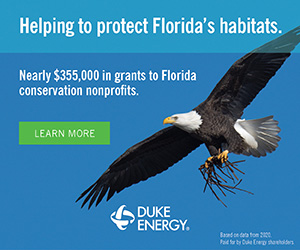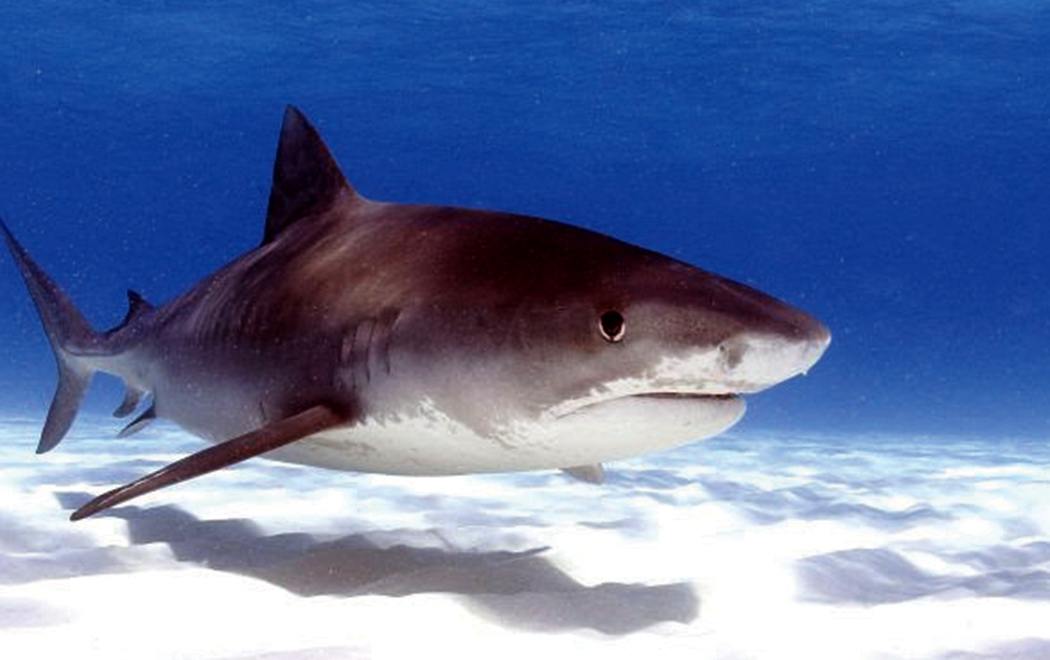GAINESVILLE ‒ Based on news accounts, it may seem there are more shark sightings — and attacks — than usual along the northeastern shores of the United States, but a University of Florida shark expert says that’s a misleading perception.
“Every summer, stories about shark attacks tend to get amplified, which can generate the false idea that things are different this year,” said Gavin Naylor, director of the Florida Program for Shark Research at the Florida Museum of Natural History. “Globally, we’re on track for a very normal shark-bite year, with about 70-80 unprovoked around the world.”
Unprovoked shark bites have increased slightly over the last 30 years, but Naylor attributes that to the growing number of people enjoying recreational ocean activities.
“Sharks don’t target humans,” he said. “Nearly every bite is due to mistaken identity. Sharks can’t see very well, especially in murky water, and they are simply following food.”
Naylor said changes in local conditions can contribute to increased marine activity within a region. Long Island, New York, is one area that has experienced five non-fatal attacks within two weeks in July.
“I’m sure for people in New York, it can feel like there is an uptick in shark attacks, especially when several occur in rapid succession at their beaches,” he said. “Five unprovoked bites happening in an area is odd but not a trend and shouldn’t cause people to avoid beaches around the world.”
Naylor, who is also program director of the “International Shark Attack Files,” is in high demand by reporters this time of year as media fascination and high-rated shark week TV programming capture the country’s attention. Naylor sees the elevated interest as an opportunity to teach people about the fish he has studied for nearly three decades.
“People are interested in sharks because they like to be frightened,” he said. “If we can help the general public see that they are remarkable animals that have been here for 400 million years with intriguing qualities, like one species that can live as long as 400 years and another that can clone itself, then maybe they’ll be amazed and forget to be frightened.”
Those wanting to learn more about sharks can visit the International Shark Attack File (ISAF), which is the world’s only scientifically verified database of all known shark attacks, covering the period from the early 1500s to the present. The ISAF provides an abundance of data and resources for those interested in understanding shark attack trends, the odds for being attacked by a shark and how to reduce your risk. Tips include avoid being in the water during low light hours, like dawn or dusk, when many sharks are most active and feeding; not wandering too far from shore; and always staying with a buddy since sharks are more likely to approach a solitary individual.
“We have added an interactive shark attack map, so you can choose any period of time going back more than 100 years and see for yourself the trends in unprovoked shark bites in any given area of the world,” Naylor said. “You can even narrow it down by species.”
Five facts from the 2021 ISAF:
- The 2021 worldwide total of 73 confirmed unprovoked cases was in line with the most recent five-year (2016-2020) average of 72 incidents annually.
- The U.S. has the most unprovoked bites in the world, with 47 last year.
- Florida had the most unprovoked bites in U.S., with 28 last year.
- Most bites are related to surfing and board sports.
- The odds of getting bit by a shark are less than 1 in 4 million.
# # #
Email editor@
alachuatoday.com
Are Shark Attacks Snowballing This Summer? UF Shark Expert Calls Foul on Misleading Perception
Tools
Typography
- Font Size
- Default
- Reading Mode















 Everyone taking prescription medications should be aware of essential safety practices. Here are six tips to help ensure you are taking your medicine correctly and safely:
Everyone taking prescription medications should be aware of essential safety practices. Here are six tips to help ensure you are taking your medicine correctly and safely:


